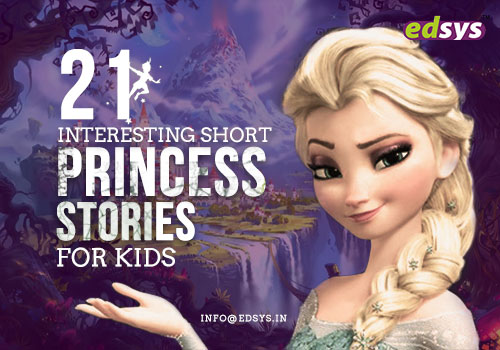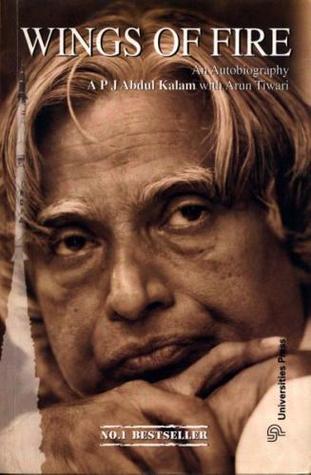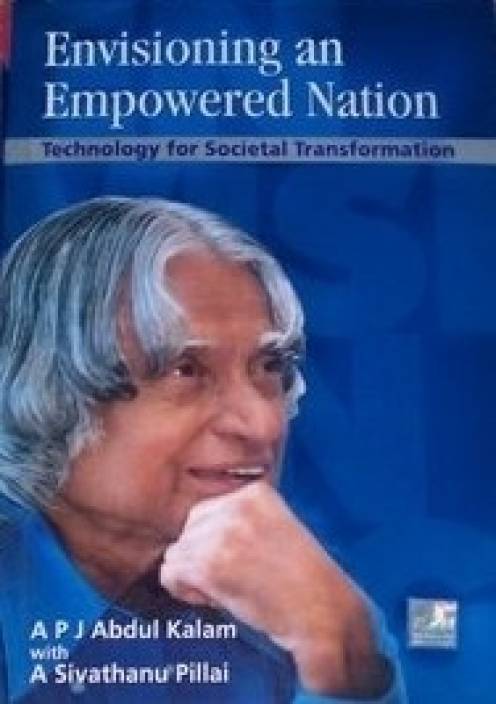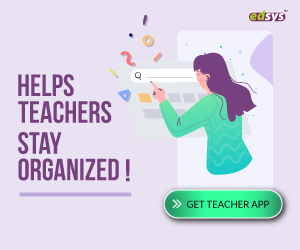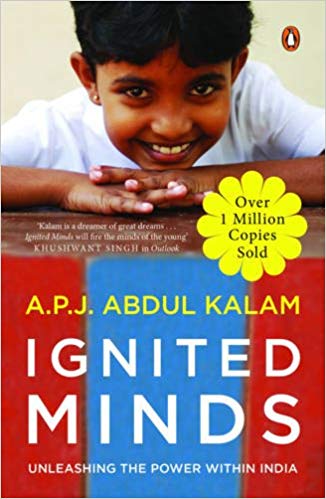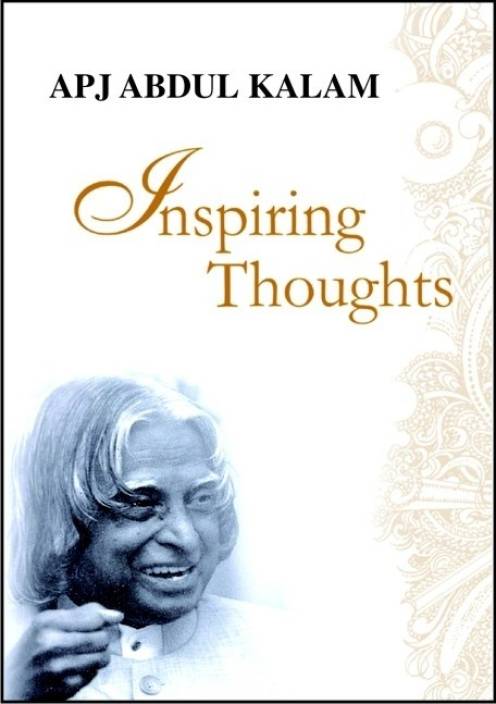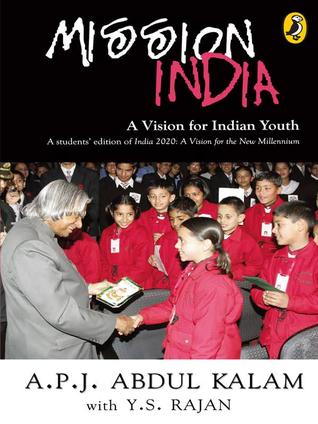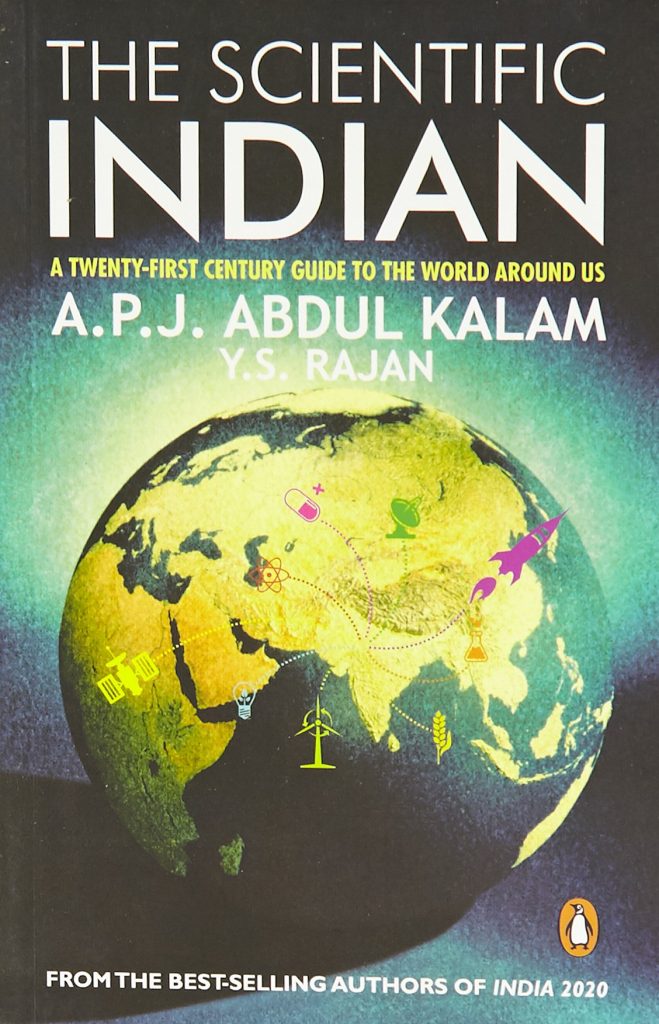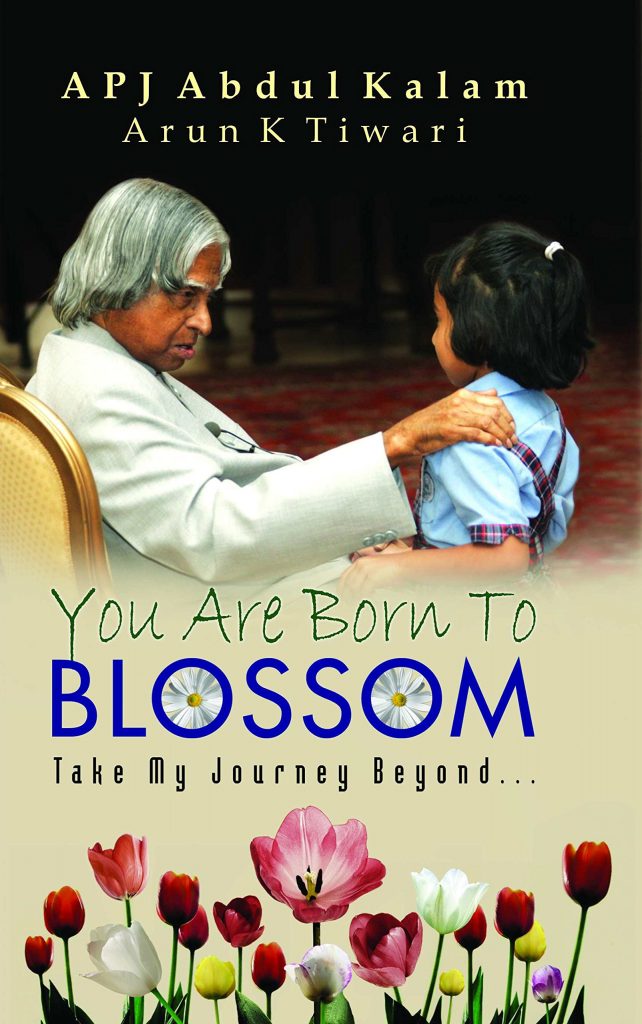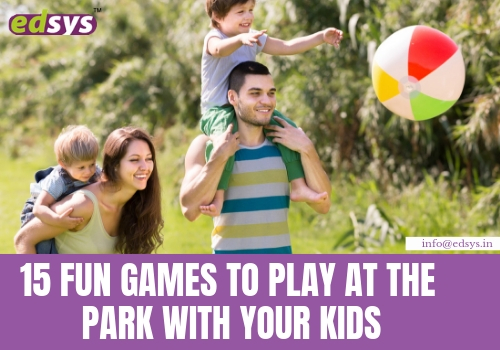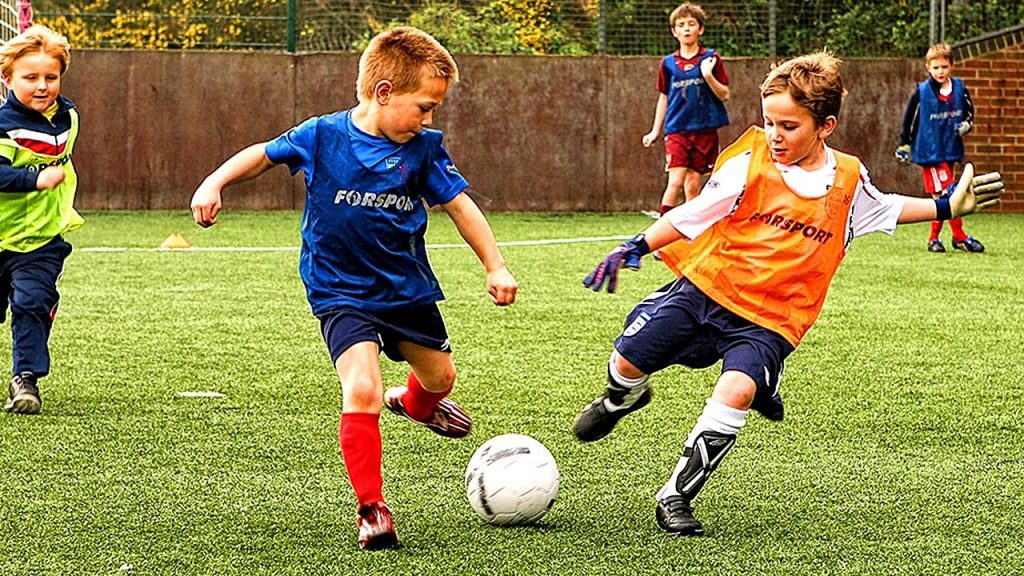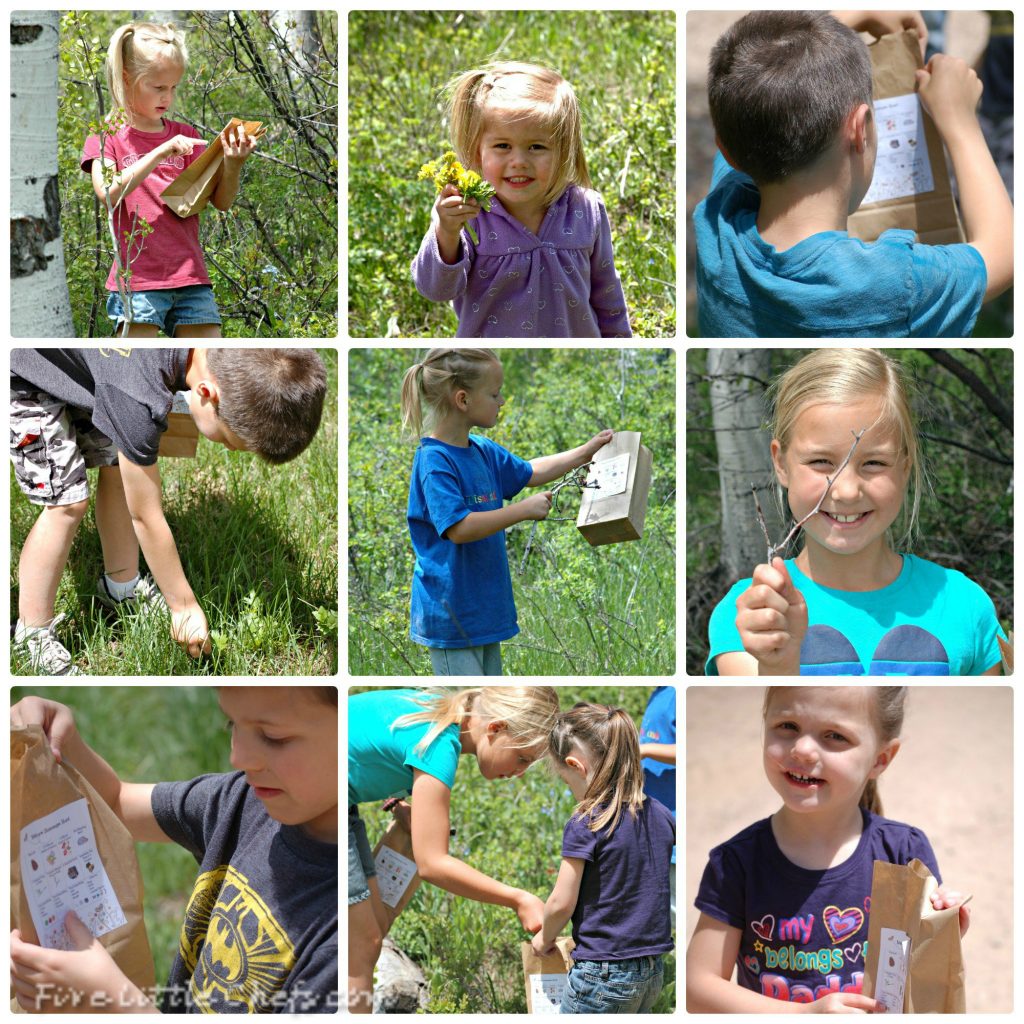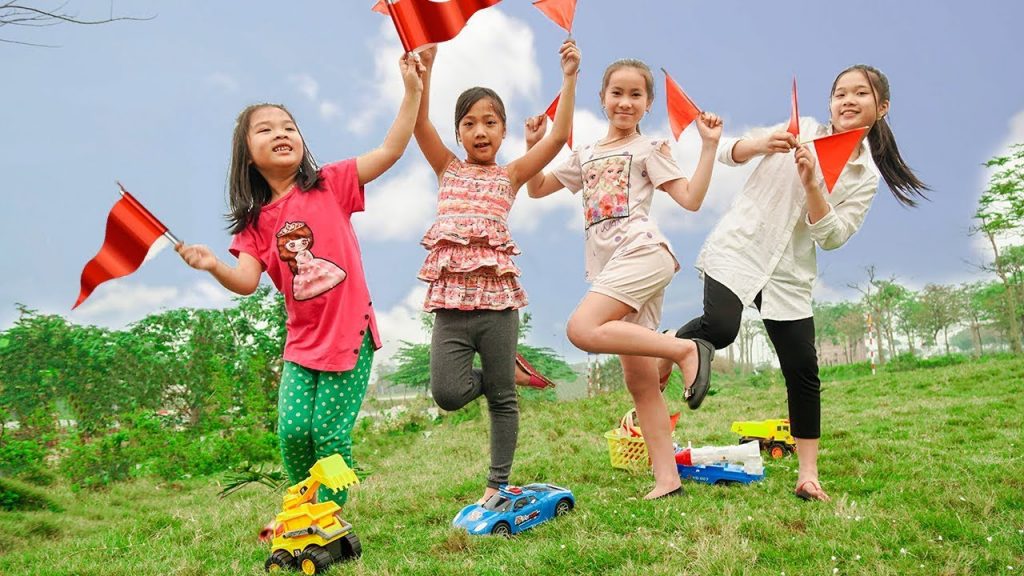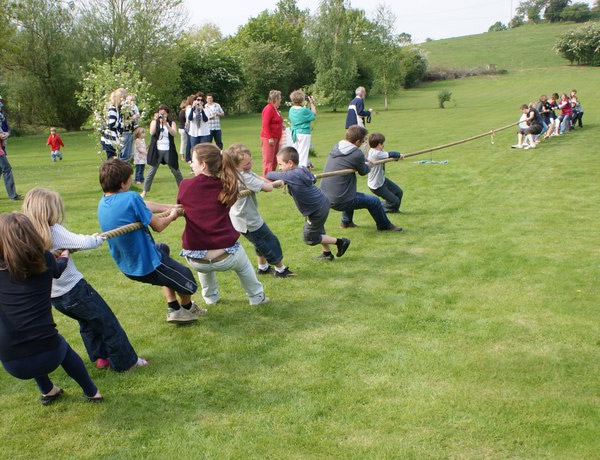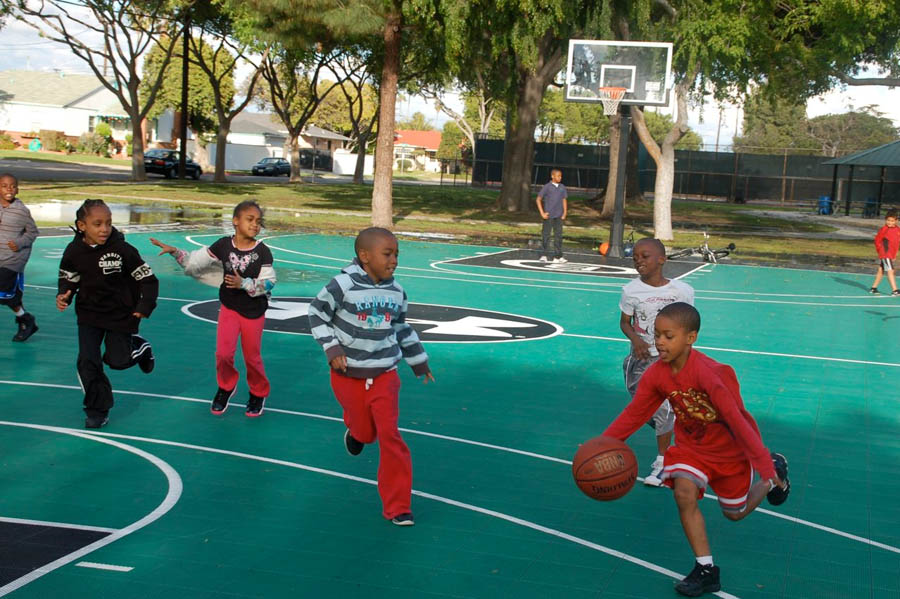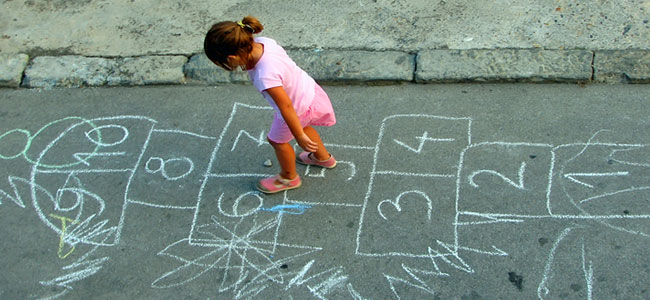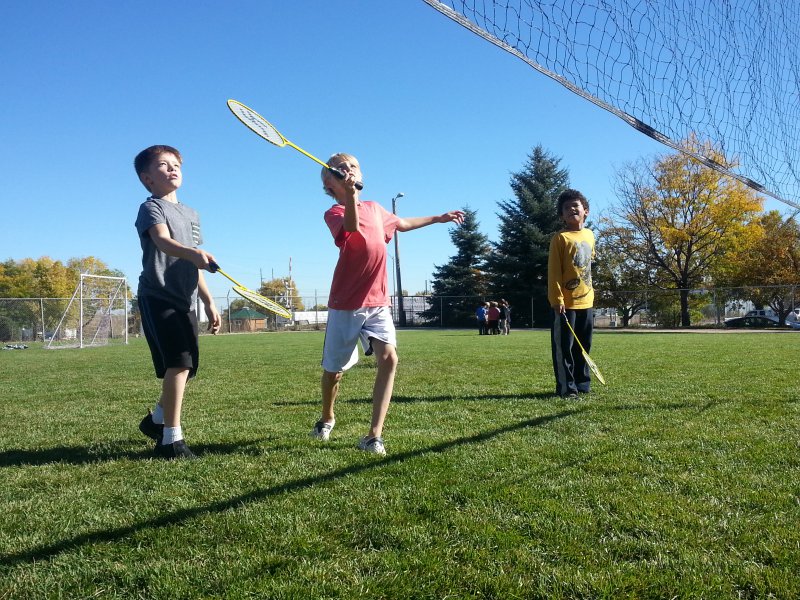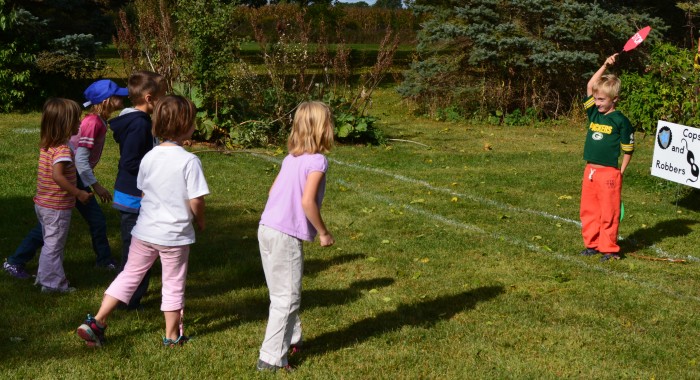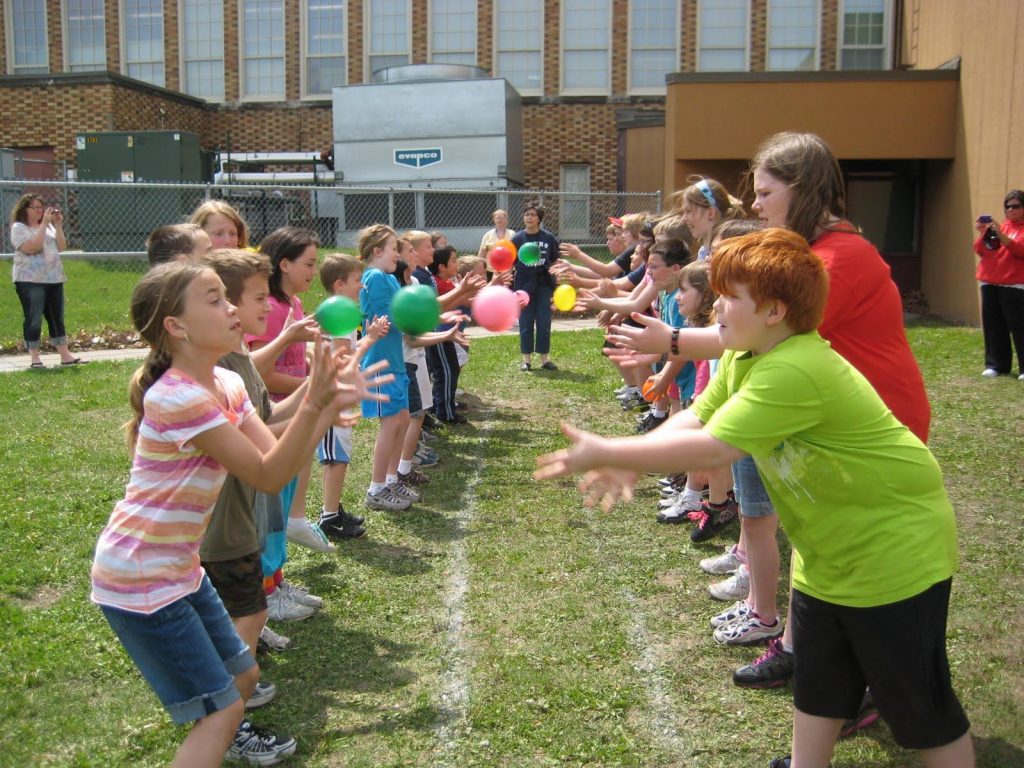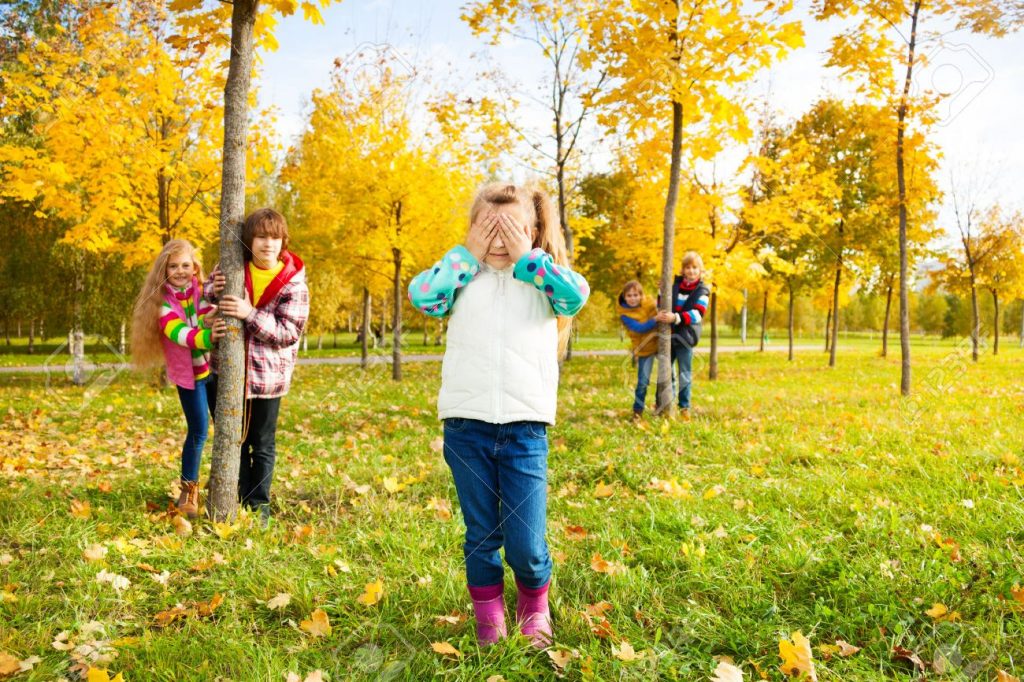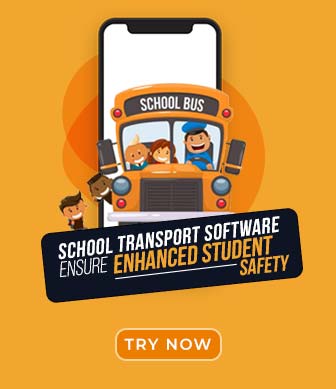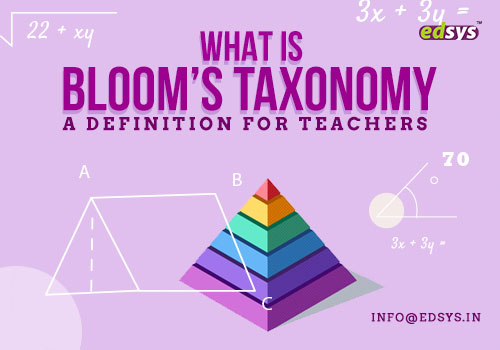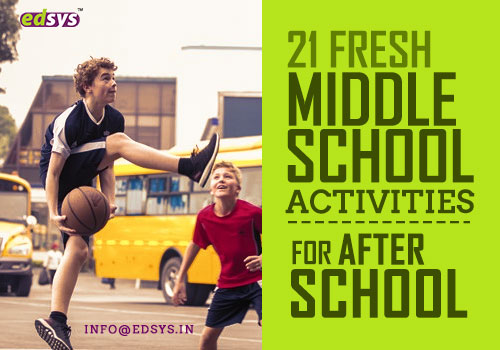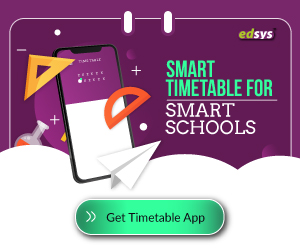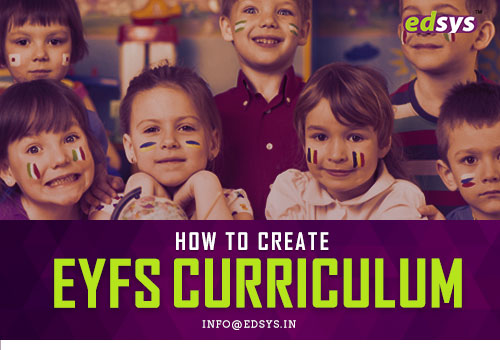Children love bedtime stories. They are a good option to strengthen the bond between parents and kids while cultivating healthy imagination prowess.
What better than interesting Princess Stories for Kids to stay engaged? These stories have an old-world charm and interesting elements such as magic, witches, princes and more. It is in fact no wonder that even teachers find these stories worth sharing with their students in the classroom.
Best Free Motivational Stories Apps (Check it Now)
Here we share a few among the most interesting short princess stories for kids and they are sure to crave for more.
1. The Princess and the Faithful Knight
Once upon a time there lived a princess who was too beautiful and kind to her subjects.
The poets and artists were all in praise of her beauty and their works were inspired by her. Once a charming prince from another kingdom came to meet the princess and soon they became friends and slowly they fell in love.
Once he took her to woods to show her the most beautiful rose in the world but as soon as she touched that rose she went into a deep sleep.
The prince cheated her and took away all her riches and ran away. The king sent his people in search of her daughter and finally found the sleeping daughter.
The advisors told that princess will be awake only after the course of the poisonous rose ends. King was deeply worried about her fate.
He announced that any charming prince who wishes to marry her has to come up to kingdom and wait for her to wake up.
Many came to the kingdom to fetch the golden opportunity but as days and months passed, they all went back. But a knight waited for her for 2 years when she woke up.
He told her the entire story and she broke into tears to see his love for her. Princess was in full spirits again and they got married soon and lived happily thereafter.
2. Princess Naomy
Once there lived a beautiful girl named Naomy who was always troubled by her stepmother and two stepsisters. The royal ball was coming and the prince decided to choose a princess from his kingdom.
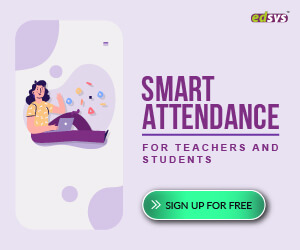
On the day, stepmother went to the place with her two daughters wishing he would marry one of them.
Naomi wished to go but she had to do a lot of chores assigned by her stepmother. She hurriedly completed the chores but later realized that she don’t have any beautiful dress or accessories to wear.
Suddenly a fairy Godmother appeared before her who granted her wishes of a beautiful dress, a pair of crystal heels and accessories.
She went to the ball and prince fell in love with her as soon as he saw her. He decided that princess Naomy will be his better half for the life.
3. Three Little Princesses
There lived 3 little princesses Kimmy, Katie, and Kristen with their parents in a manor.
There were butlers, maids, cooks, and lots of people to serve them. But both parents and kids were very humble and were really kind to all of them.
Once parents had to leave to their grandmother’s place because she was ill.
Parents arranged their uncle to take care of the kids until they come back. The uncle was a terror and was very rude to everyone. He treated the cook, maid, and butler very badly and shouted at them for no reasons.
Kids were sad about seeing this and decided to teach him a lesson. They did some cooking in the kitchen, helped butler with his chores and maid in cleaning.
Seeing what the princesses were doing, uncle was ashamed of himself. He realized his mistake and behaved well and kind to others thereafter.
4. The Princess and the Bricklayer
Once there lived a princess called Maggie who fell in love with a bricklayer, Kevin. She was tall, beautiful and kind and he was dark, tall and was never angry.
She fell in love with his attitude and announced her love to the whole kingdom except her father who will be very angry.
Kevin also loved her but didn’t have the courage to tell his love to her as he thought that he was unfit for her.
One day, the princess invited Kevin to the palace and told her love for him in front of her father and they kissed each other.
He was very angry at them and screamed at them. Later, the princess explained her love for him and told him that everyone is equal. King later realized their love for each other and let them live together.
5. The Princess and the Pea
Once there lived a prince who was in search of the real princess to marry. He traveled across seven seas to many kingdoms in search of the real princess but came back disappointed.
The queen was worried about his son and she also started looking for a real princess.
One rainy day, a young lady came to them all drenched and dirty and her hair was not put up well but she claimed to be a princess. The queen was curious to find out if she was a real princess.
She put a pea on the bed and then laid twenty mattresses on top of it, then a lot of feathers and again twenty eider-down beds on top of it.
Queen invited her to sleep on it for the night. Next day morning when asked about the sleep, she complained about a hard substance that made her uncomfortable in bed.
Soon they realized that she is a real princess as she is too delicate to feel a peanut under all these comforts. Both queen and prince were happy to find her and the prince got married to her soon.
6. The Enchanted Princess
There was a very pretty princess who wanted to meet her prince for life. She dreamt about him and drew his pictures. She lived with her friend’s deer, birds, squirrel, and turtles. She always sang beautiful songs.
Everybody was fond of her but the evil queen was jealous of her. The queen thought to destroy her and freed an ogre to eat her.
The ogre went chasing her and the animals warned her about the danger. She was very afraid and climbed up a tree. There was a squirrel there to support her.
However, she was about to fall from the tree and there came a prince on a horse and saved her from fall. She realized that he was the man of her dreams and they soon became friends and later got married.
7. The Princess Dragon
Once there lived a princess who never liked to dress up, comb the hair and wore jewels like normal princesses. Instead, she spent her time in playing mean tricks to trouble the knight and fellow people. She was such a bad example of a princess.
Once a witch came near the kingdom and lived in a nearby cave. She thought the dragon can be a good choice in her mean tricks and went to the cave to ask for help. She asked the dragon to capture the knight to trouble her.
To the surprise, the dragon was gentle, calm and played the piano. Soon they realized that they are opposite in nature. They exchanged the places and lived happily for the rest of the years. That was the best decision they made in their life.
8. Princess Rose and the Golden Bird
Once there lived a beautiful princess in a faraway land who had lovely red hair and she loved roses very much. She used to sing in her balcony every night when a golden bird will join her and sit on her shoulder. This will put everyone in the kingdom to a good and peaceful sleep.
One day a witch got jealous of her and cast spells to turn her hair black. That day when she sang in the balcony, everybody got nightmares and all were unhappy.
The golden bird told her to wash her hair in rose water and everything will be well soon. She washed her hair in rose water and her hair turned red again and she sang in the balcony and kingdom slept well.
The witch repeated it again and the princess used rose water to bring back all harmony on the advice of the golden bird. The witch soon realizes their secret and used the power to take away all roses from the kingdom. So this time the princess was helpless and the golden bird advised to wait for a rose that comes to her by surprise one day and flew away.
Days and months passed and one fine day a handsome prince came from another kingdom and gifted a beautiful rose and her wait got over.
She used the rose water and washed her hair and sang in the balcony when the bird joined her and the whole kingdom was in harmony again.
9. Princess Poppy
There was a princess called poppy who lived on an island where all the people were poor. She lived in a castle and had a luxury life with good food, toys, and clothes.
One day an old man came up to her to ask for food as he was hungry. She teased him and shouted at him and sends him off without giving food.
In the night, her feet got swollen and turned like a tomato. Next day also the old man came asking for food and this time she chased him away. This time her feet got swollen even more. She was worried thinking about her fate.
One day, a witch came to visit her and she exclaimed about her condition. The witch told her that this happened because she was over-ambitious and didn’t share anything with others.
This made her think deeper about her deeds and she realized her mistake. From then she shared everything with others and the people in the island were not poor anymore and they lived together happily thereafter.
10. Mermaid’s Picnic
There lived two princesses Kaitlyn and Kara in a big castle. They went out for a picnic one day and came across a beautiful lake with a waterfall.

They stopped there for a while when they heard some beautiful songs. They later figured out that it was from three mermaids who were swimming in the lake.
They all met at the lakeside and mermaids invited them to play along in the lake. Princesses told that they don’t know swimming but mermaids told about the magical power of the lake. Anyone who jumps into the lake will turn into mermaids and they can swim like them.
Princesses were excited and they jumped into the lake and they became mermaids all of a sudden. They had a good play time swimming and playing hide and seek underwater.
Once they were all tired, they got back to the lakeside when they became princesses again. They invited mermaids also to join the picnic and had lunch together and played all day.
11. The Princess and the Horse
A pretty princess lived in a castle in Leyland and her company was a hairy horse who was the king of all horses. She was married to a handsome prince whose company was a beautiful mare who wore dresses, heels, and jewels.
The horse fell in love with the mare and they exchanged lovely gifts and chocolates.
The princess came to know about their love story and she was angry at the horse. She beat him and send him away from her company. The mare got worried and started crying every day and fell ill.
The princess felt sad for her and went in search of her horse. At last, she found him but he was all tired, skinny and having saggy eyes.
She felt bad for her evil deeds and apologized for her mistake. She then fed him with good food and let him to live happily with the mare thereafter.
12. A Pirate’s Treasure
Once there lived two princesses, Regina, and Ruby who loved each other a lot. They have a good treehouse where they play and there are a lot of creative ideas for both sisters like a bucket tied to a string to carry things up and down the house.
Also Read: General Knowledge For Kids (105 Q & A)
One day while playing in the house, they heard a strange voice and took their binoculars to see that there is a big pirate ship with a flag and a pirate.
They soon became friends and he invited them for an adventurous sea journey. They also turned into two pirates when they entered the ship. They had a wonderful journey where the pirate shared his stories.
Finally, when they came back, the pirate gifted them a bag full of treasure and a flag. Once they stepped out of the ship, they were princesses again.
They kept all treasure in their treehouse and placed the flag on top of the treehouse. They played happily hoping for another day when they see the pirate again.
13. Princess Chocolate
Once there lived a princess called Chocolate with her parents in a castle. They were really happy for each other and all the people of the kingdom lived in harmony.
But the life changed for the family and the kingdom on her 15th They organized a grand party for all their loved ones and a witch was really jealous of all these and kidnapped the princess. King went to a witch to save his daughter but all his efforts went in vain.
Finally, the king made an announcement inviting the prince of neighbor kingdoms to take up the challenge of saving his daughter. If anyone is brave enough to save her, he can marry the princess and become the next king.
One smart prince took up the challenge and attacked the witch and saved the princess wisely. They both got married shortly and the entire kingdom was happy again.
14. Princess and the Magical Ring
In the Kingdom of Norfolk, the princess and her father were walking through their palace’s garden when she found a ring. The king explained that it is a magical ring and it has five powers which can be used in need but only one power can be chosen.
The powers include making fire without flint, having sound sleep, growing crop of her choice, shower rains in the sky, and sing like an enchanted siren to bring prosperity to the kingdom.
Once a witch’s spell jinxed the kingdom and everything including the rain and crops were destroyed. The princess was saddened with the fate of her kingdom and soon she remembered about her magical powers.
She chose the fifth power of singing like an enchanted siren. She sang for all days and nights even without leaving a moment for food and sleep.
Even when the king and queen got worried and asked her to take a break, she was not ready for it. After months of singing, the prosperity came back to the kingdom and everything was normalized.
But the princess was ill by then and she passed away. The whole kingdom still remembers her sacrifices for the happiness they are enjoying today.
15. Princess Jasmine
Once there lived a beautiful princess Jasmine in the Kingdom of North and the king was ready to announce the marriage of his daughter.
However, she insisted that she want to marry her true love of her choice and not somebody which her father found for her.
She ran away from home one day in search of her soul mate. She met Aladdin on the way and she was impressed by his attitude and they soon became friends. But the mean minister used tricks to put Aladdin in jail. However, he found a magic lamp and carpet.
Minister again used tricks to take it away from him but he got it again with the help of a monkey. The genie in the lamp helped him to escape and made him a prince. Soon the princess Jasmine fell in love with him and got married shortly.
16. The Lonely Princess
Princess Isabella was the youngest of the daughters in the kingdom of Gloria. She had two beautiful sisters who always tease her of the way she dresses up and her childish character of playing with dolls.
Her sisters didn’t spend time with her and she felt all lonely but happy. She was in the company of her dolls. She named all of them and talked with them all along.
The king was worried about how lonely she was and tried to spend time with her. One day a handsome prince Geoffrey came to the kingdom and both sisters were eager to impress him.
The first sister started talking about her beauty and how she maintained it and soon the prince got bored. Then the second sister started talking about how she helps the king in the duties and the famous personalities in their kingdom and the prince got bored.
Next, he came to Isabella who was silent but welcomed him with a sweet smile. Her sisters teased her about her childish character and how she played with her dolls. But the prince laughed out loud and introduced Jane from his pocket which was his pet doll.
Geoffrey and Isabella soon identified their similar interests and she introduced him to her doll friends and they became good friends soon.
17. Everland Princess
Once there lived a princess who wished to marry her dream prince. she decides to secretly travel to Everland to meet the prince. A witch named Evelyn was looking to capture the kingdom and came to know about her secret travel.
The witch uses her power to switch places with the princess. The princess looks like a witch now and went to Everland to see that the witch in disguise was already with her man.
She tried to explain everything to a prince but he didn’t believe her. The prince was all set to marry the witch who looked like a princess.
Just before the day of the wedding, the prince saw the witch casting spells. He realized the truth and decided to send her to exile but witch used the power to bewitch him.
The princess was all sad seeing his destiny and cried deep heartedly when her tears fell on him. He woke up to realize her love for him and used all his power and wisdom to escape from the witch. The prince then married the princess and they lived happily thereafter.
18. The Princess Who Never Smiled
Once there lived a beautiful princess who never smiled. The king was really upset with her and tried all possible ways like clowns, jugglers, and performers but for no use.
A simple and honest man, Jack and his mother lived nearby the kingdom and the son used to work hard for a living.
The princess used to always spend some time looking out of the window during the evening when Jack comes back from work. The first day he got egg as the payment for his work and he carried it in his hands.
The eggs fell down and all were broken and the princess saw this but didn’t smile.
His mother advised to carry it in his hat next time to avoid falling down. Next day he got piglet as payment and he put that in his hat. It managed to escape from a hat and flew away and princess didn’t laugh seeing this.
His mother advised to tie it using a rope next time. He got a kit of fish this time and he tied it in a rope and cats ate it on the way and princess didn’t smile.
This time mother advised to carry it in the head. Next day he got a cow as payment and he tried hard to carry it. This time princess laughed out loud and loud.
The king was really happy and invited Jack to the kingdom. He asked him to marry his daughter so that she can laugh all day.
19. The Paper Bag Princess
Princess Elizabeth was rich with beautiful clothes, shoes, and all treasures. Everybody in the kingdom praised her beauty and kindness.
A handsome prince from another kingdom Charles got attracted to her treasures and proposed her. The princess got engaged to Charles soon and they were happy in the relationship.
One day a witch cast spells and burned the whole castle including the clothes and every treasure and the prince was tied up in another cave.
The princess was wise and used some left out papers as the dress and attacked the witch to save the prince.
The prince was angry with the way the princess got dressed and asked her to come well dressed. The princess was shocked with his attitude and realized that he loved her for treasure only. She called off the marriage.
20. Princess and the Magic Dragon
In the kingdom of Spain, the king and the queen deeply wished for a daughter. Even after months and years of flawless prayers, their wish was not fulfilled. The advisors came up with many ideas like having sweets, taking pills and so on but for no use.
One day the queen was weeping at the garden thinking about her fate. The gardener saw her and advised her to go to a cave where there is a dragon.
All that she wants to do is take a treasure for the dragon and draw the picture of what they wish on the cave wall and sleep one night. The queen went to the cave next day taking all treasure for the dragon and drew pictures of a baby and slept there.
Next day morning, the dragon appeared before her and gave her a baby. She was really happy and ran into tears. She thanked the dragon and came back to the kingdom to announce the good news. The whole kingdom was happy and the king gave a gold coin to the gardener as a token of love.
21. The Princess and the Magic Feather
Once upon a time, there lived a princess, Evelyn in a castle with her parents and sisters. She loved to play with dolls and have pillow fights with her sisters.

One day while they were having a pillow fight, parents got really angry. They took her two sisters to a different place and allowed to come back only after 1 month.
Princess was really sad that she had nobody to play with her. But a new neighbor and family came and they had a daughter called Jasmine.
Also Read: Top 12 Motivational stories For students to Work hard
They became friends shortly and one day they were playing pillow fight. They saw a blue feather coming out of pillow which seemed to be a magic feather.

They took it near a withered flower and soon the flower rose to become a beautiful flower they have ever seen. They told the entire story when her sisters came back and they all become friends.
Conclusion
These are just a few of the randomly picked short princess stories for kids from a large repository of stories. There is no better way than stories to help kids, learn more about the morals and values they have to keep in life.
And that is one important reason why most schools have a library period session at least once in a week so that kids can have a good time reading their favorite stories.
Story reading is a better way to invoke their reading habits right from their early days. This can help them to improve their vocabulary and language as they move to higher classes.
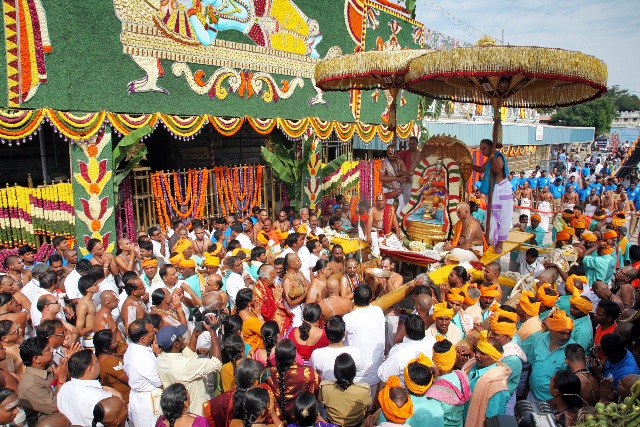
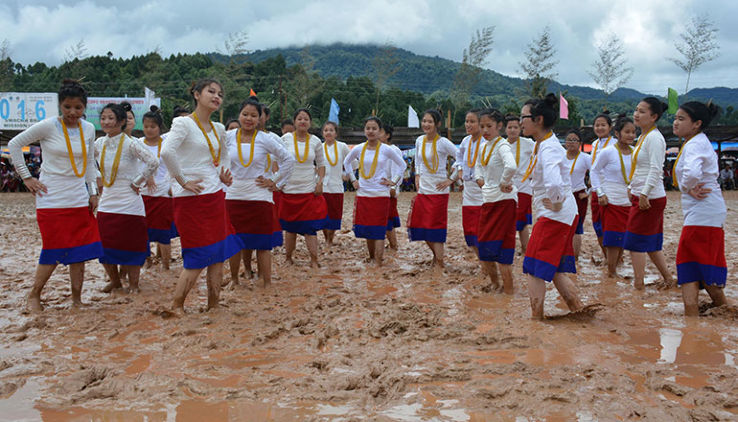
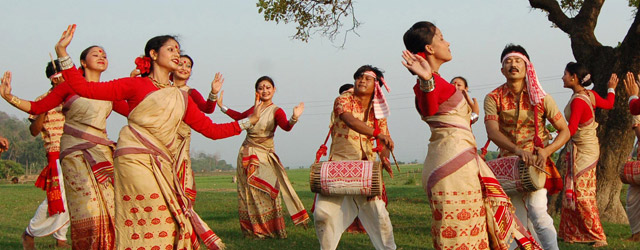
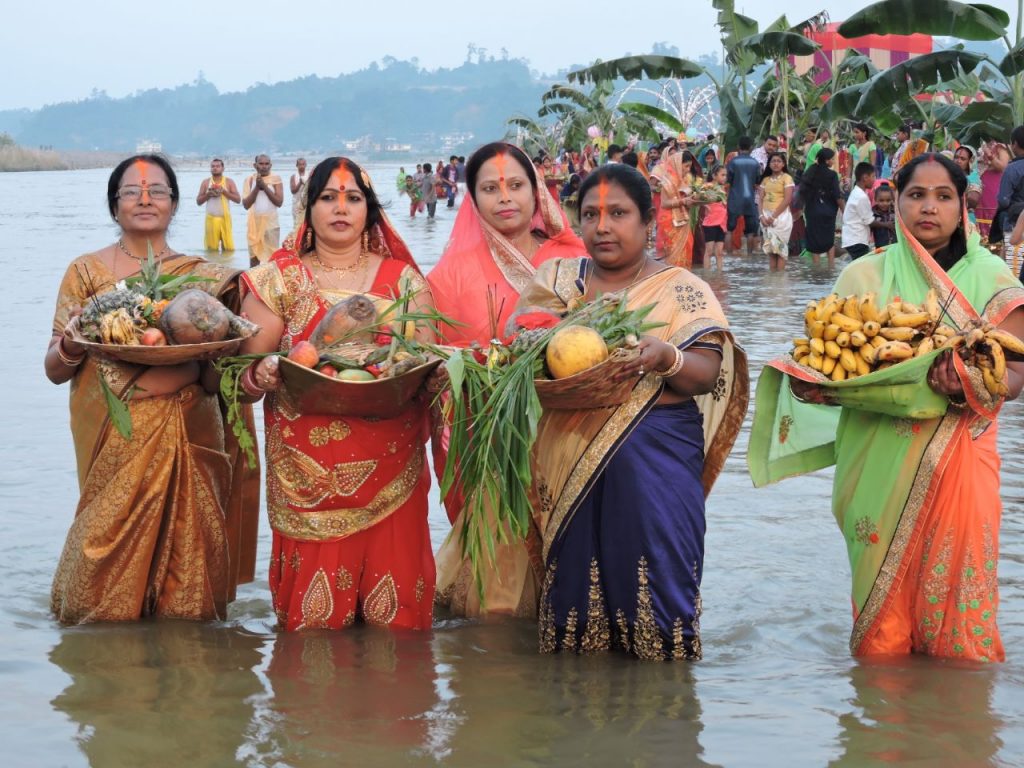
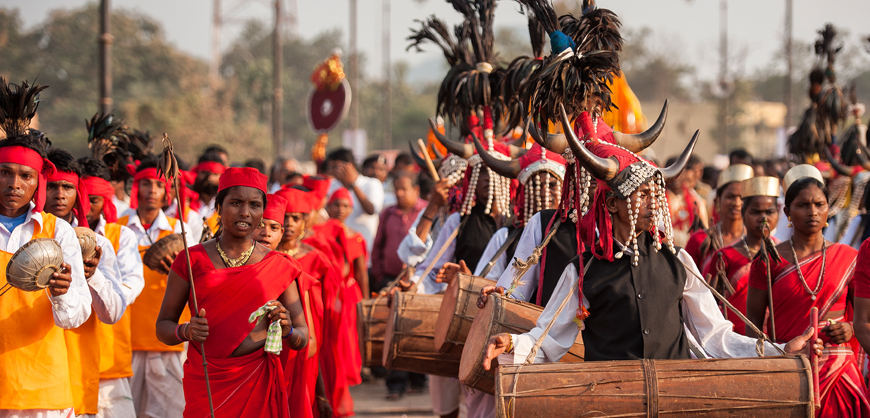
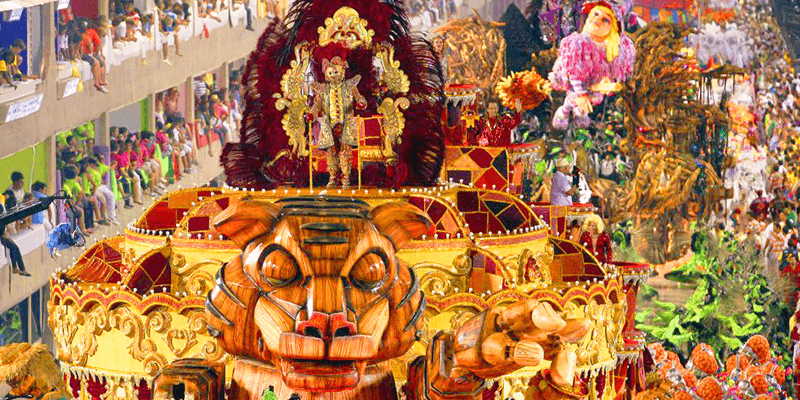
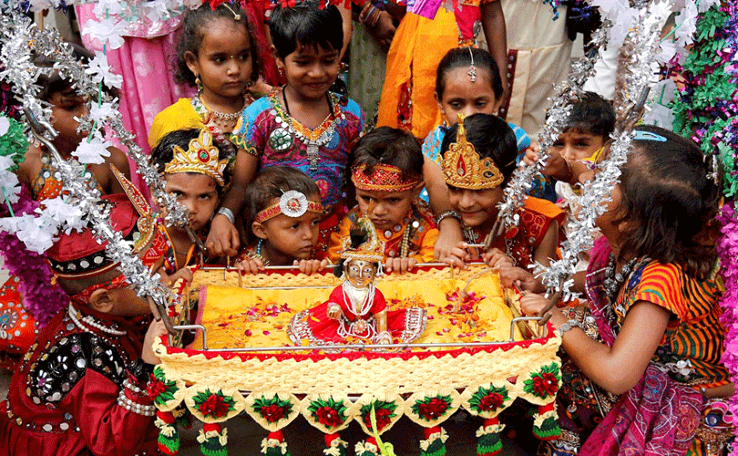
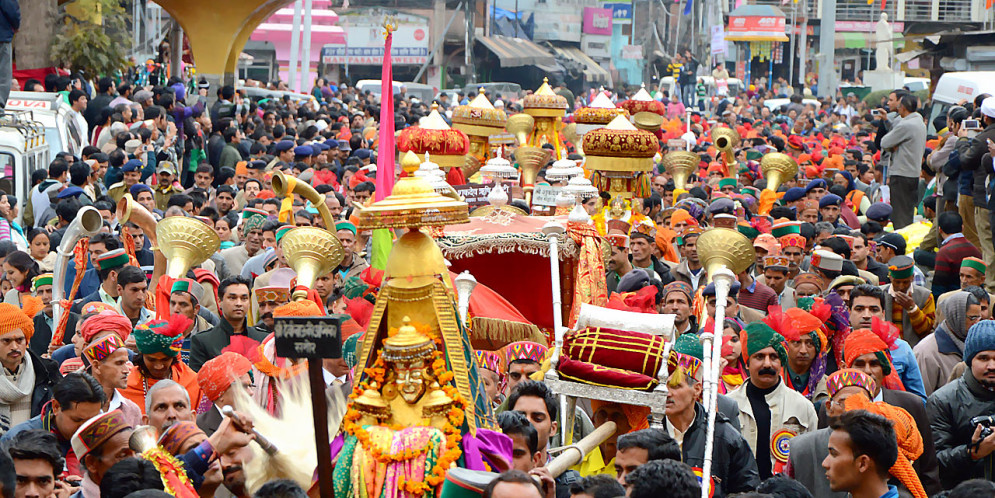
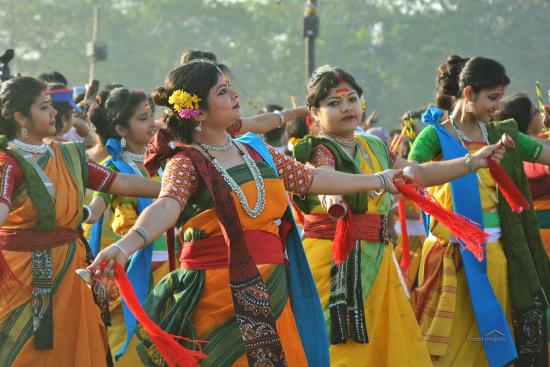
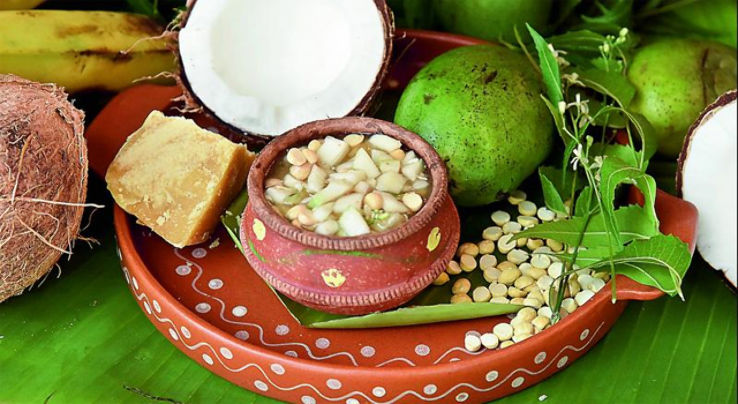
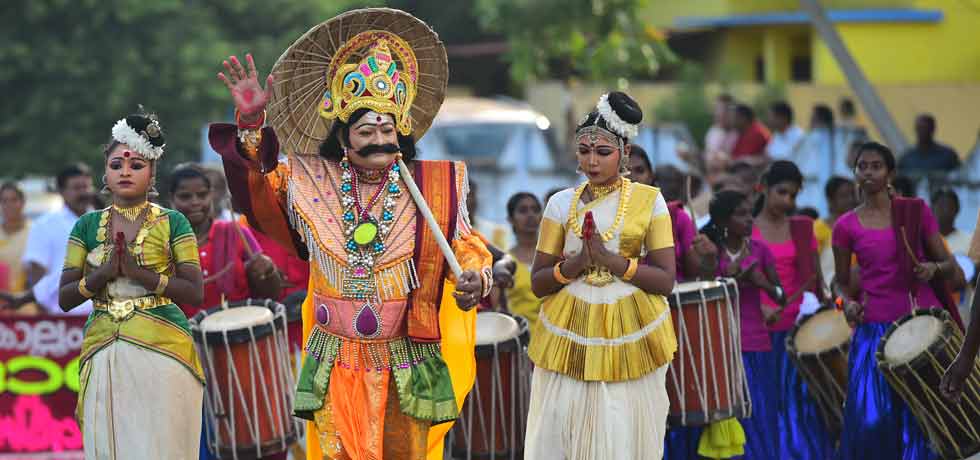


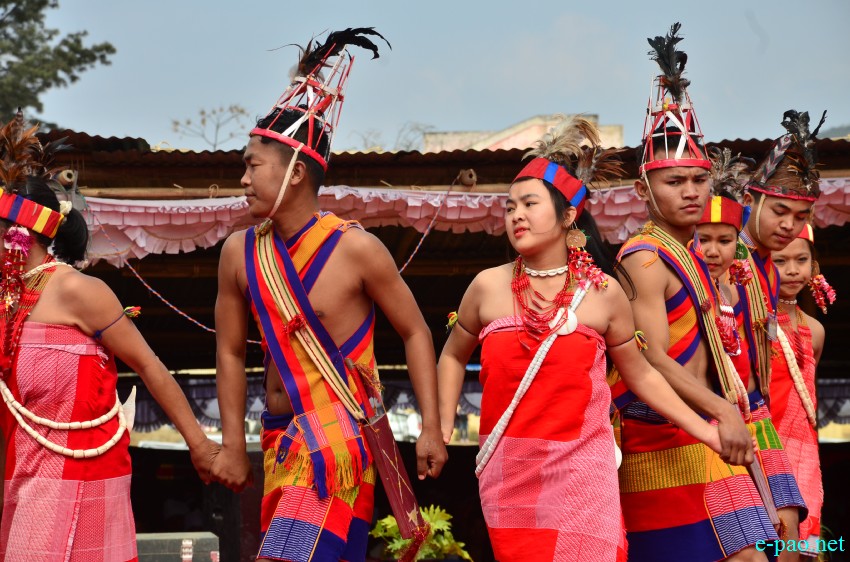
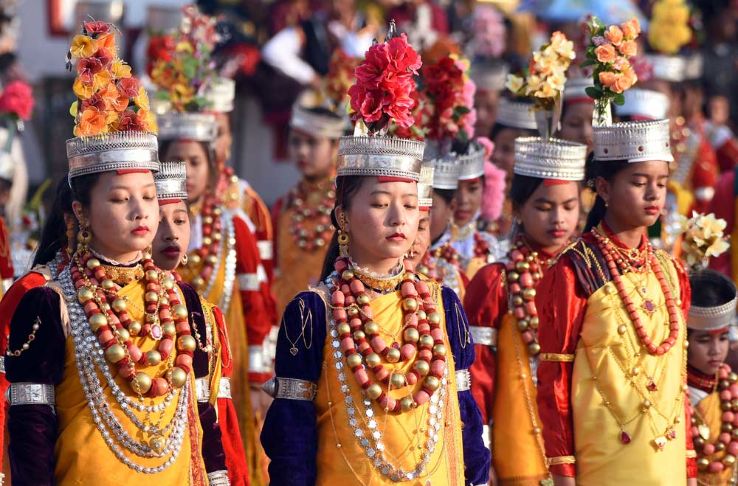

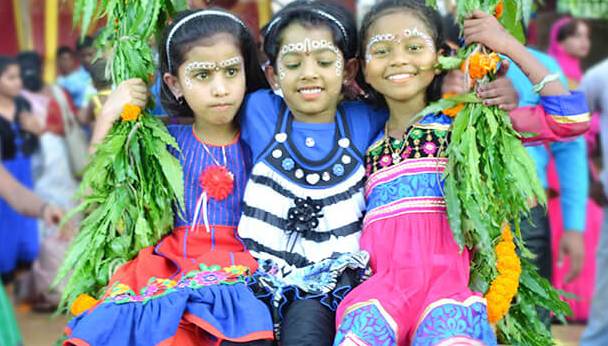
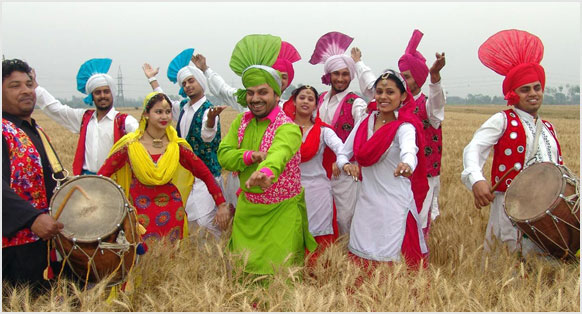
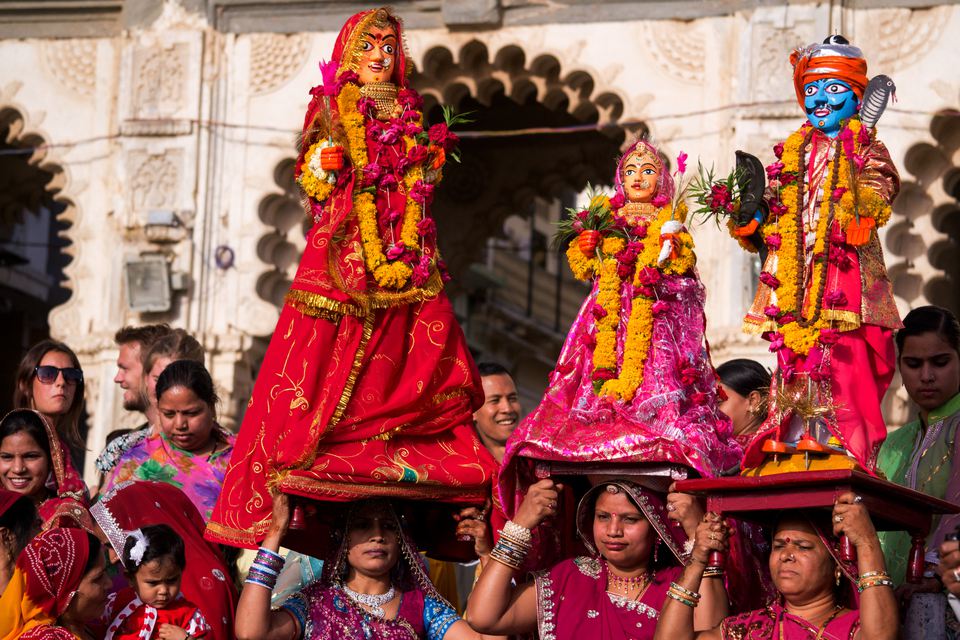
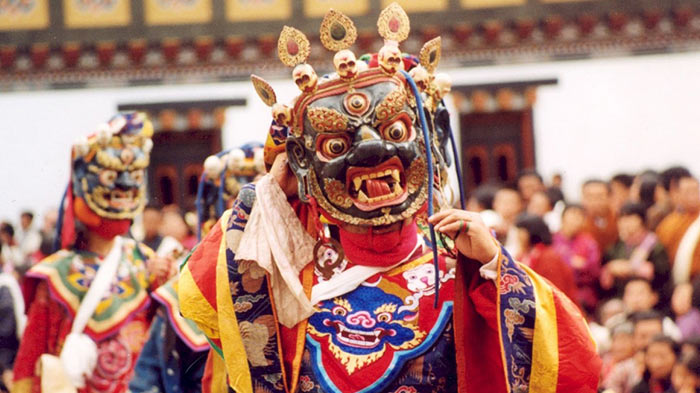
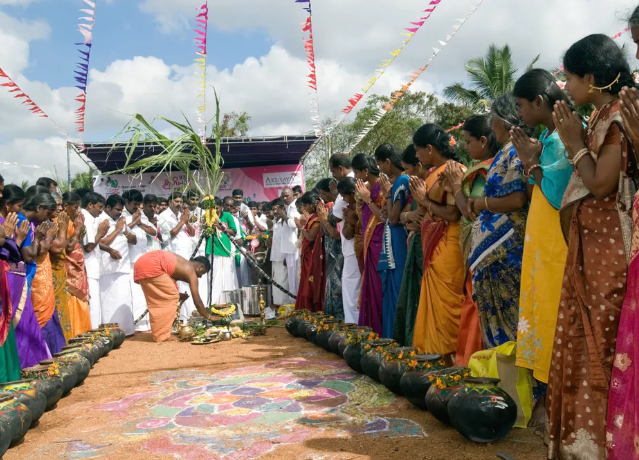
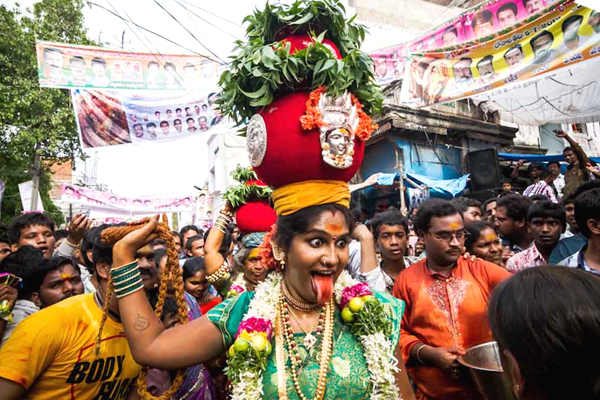
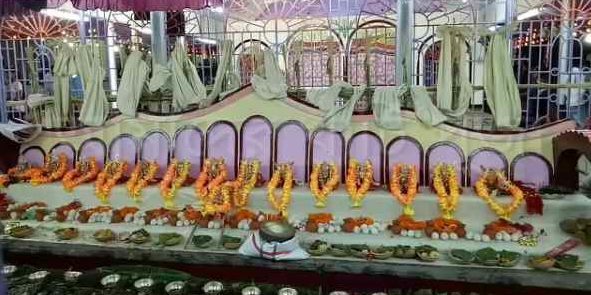
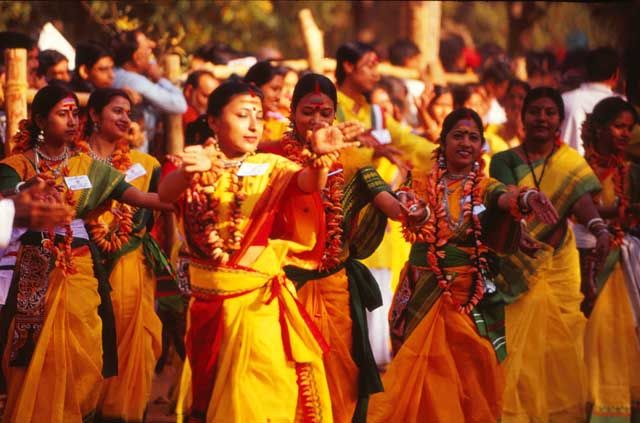
![24 Most Popular National Festivals of India [State-Wise]](https://wp.edsys.in/wp-content/uploads/2019/08/26-08-2019-24-Most-Popular-National-Festivals-of-India-State-wise.jpg)
